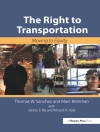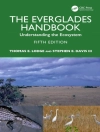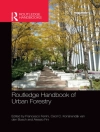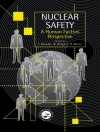Sacramento, California, has grown literally at the edge of the Sacramento and American Rivers and for 150 years has struggled to protect itself from periodic floods by employing structural and land management measures. Much of the population lives behind levees, and most of the city’s downtown business and government area is vulnerable to flooding.A major flood in 1986 served as impetus for efforts by federal, state, and local entities to identify an acceptable and feasible set of measures to increase Sacramento’s level of safety from American River floods. Numerous options were identified in 1991 by the U.S. Army Corps of Engineers (USACE) in a report known as the American River Watershed Investigation. Due to the controversial nature of many of the alternatives identified in that report, study participants were not able to reach consensus on any of the flood control options. In response, the Congress directed the USACE to reevaluate available flood control options and, at the same time, asked the USACE to engage the National Research Council (NRC) as an independent advisor on these difficult studies. In 1995 NRC’s Committee on Flood Control Alternatives in the American River Basin issued Flood Risk Management and the American River Basin: An Evaluation. This report outlined an approach for improving the selection of a flood risk reduction strategy from the many available.
Committee on American River Flood Frequencies & Division on Earth and Life Studies
Improving American River Flood Frequency Analyses [PDF ebook]
Improving American River Flood Frequency Analyses [PDF ebook]
Beli ebook ini dan dapatkan 1 lagi GRATIS!
Bahasa Inggris ● Format PDF ● Halaman 132 ● ISBN 9780309538930 ● Penerbit National Academies Press ● Diterbitkan 1999 ● Diunduh 3 kali ● Mata uang EUR ● ID 7146674 ● Perlindungan salinan Adobe DRM
Membutuhkan pembaca ebook yang mampu DRM












